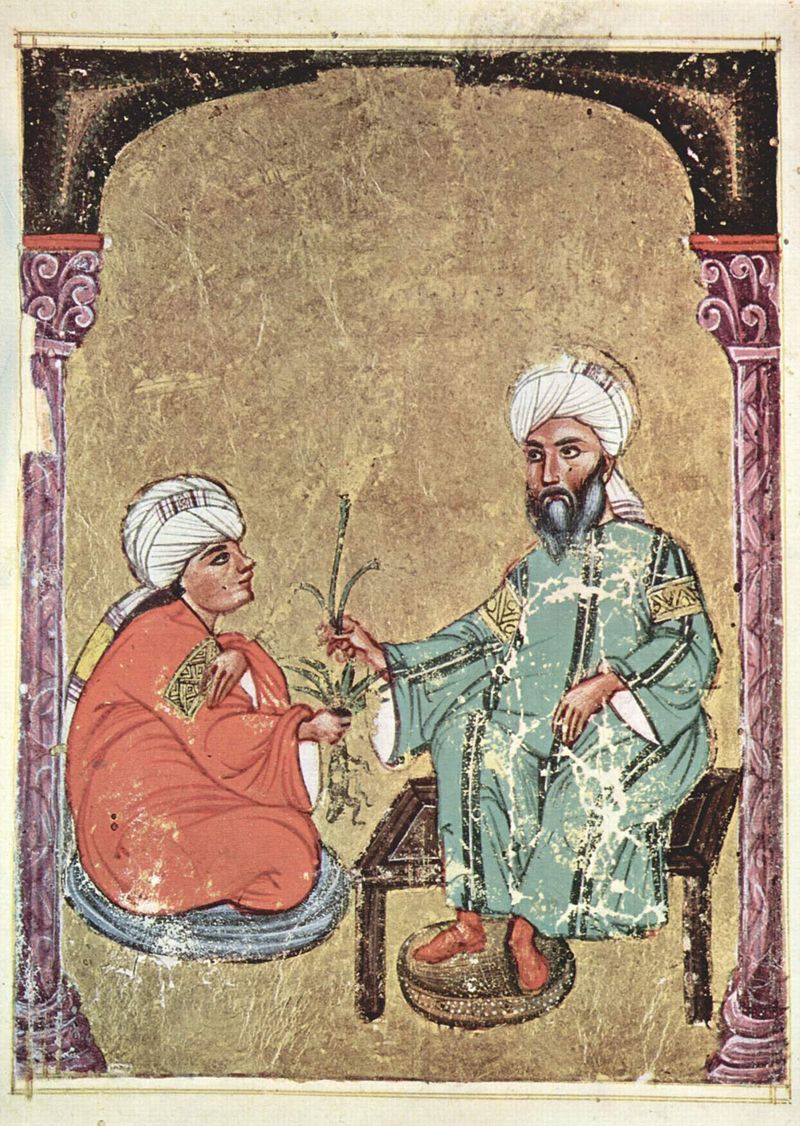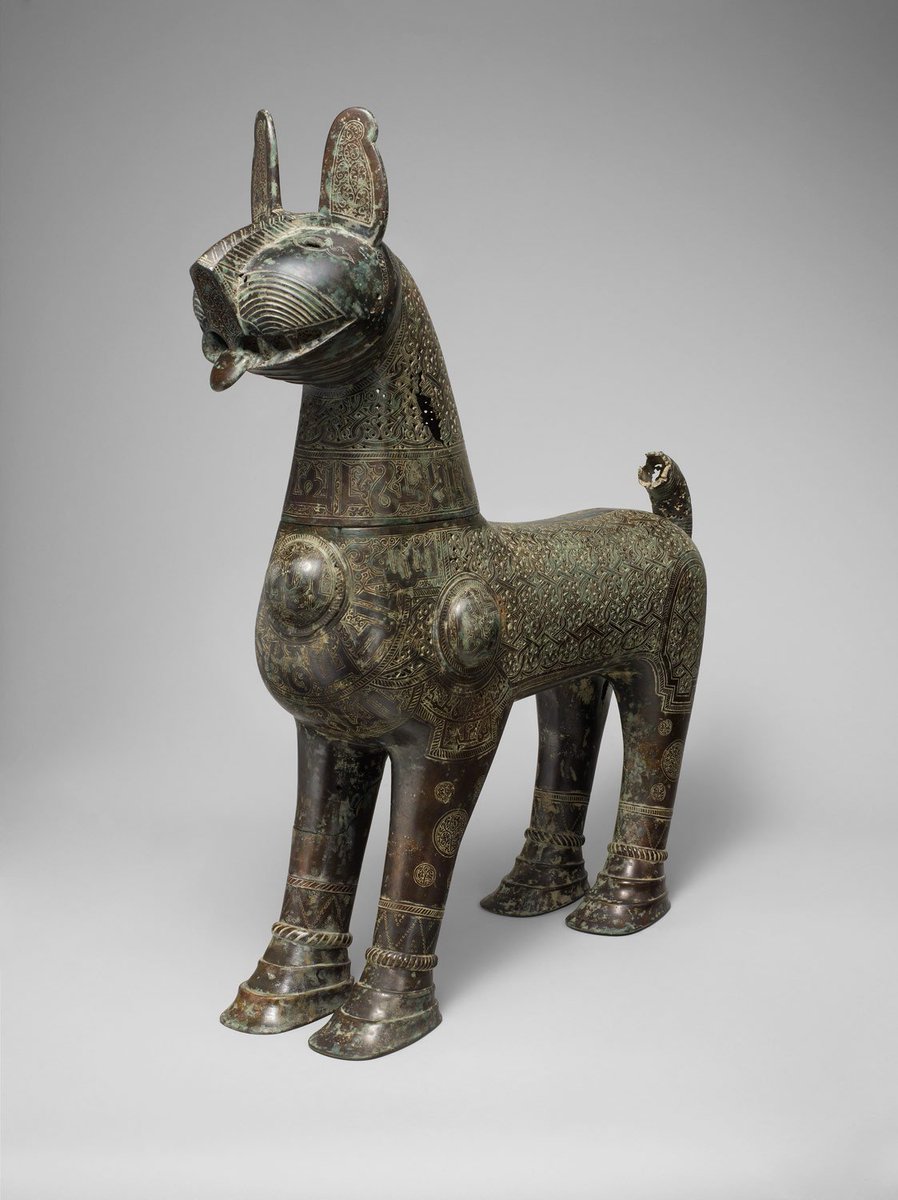Here's what we found:
- The sale has 226 items numbered in the catalog
- Lots 109-114 and 150-159 missing or were withdrawn from catalog, so 211 items are described
christies.com/PDF/catalog/20…
- Of these 65, only 16 have provenance information that establishes that they were purchased prior to the UNESCO treaty date of November 1970


That's around 6%.
Provenance? UNESCO? Whatevs!
Why? Because they hadn't done their provenance research. theguardian.com/culture/2020/j…











